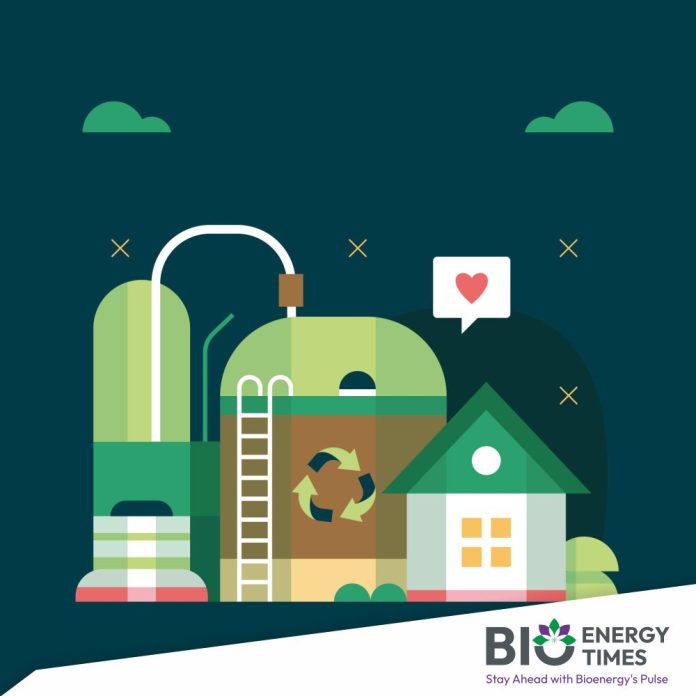Stubble, which significantly contributes to pollution in the National Capital Region (NCR) due to burning practices in October and November, has been repurposed as an energy resource and natural fertilizer in Uttar Pradesh. This initiative not only addresses environmental concerns but also boosts farmers’ incomes, according to a press release from the state government issued on Thursday.
The process involves converting stubble into energy and high-quality compost through Compressed Biogas (CBG) plants, effectively turning waste into wealth. By supplying stubble to these facilities, farmers are evolving from simple food producers to energy suppliers.
Currently, 24 CBG units are operational in Uttar Pradesh, with an additional 93 units under construction. The state’s goal is to have over 100 CBG plants functioning, which buy stubble from farmers to convert it into fuel.
The increased mechanization of agriculture, along with labor shortages and rising costs, has led to the widespread adoption of combined harvesters. After harvesting key Kharif and Rabi crops like paddy and wheat, farmers frequently burn crop residue to prepare for the next planting season. This practice, particularly after paddy harvests, causes severe air pollution in some areas during October and November.
To combat these issues, the UP State Bio-Energy Policy 2022 provides various incentives for bio-CNG and CBG units that utilize agricultural waste. The government aims to establish CBG plants in every district.
These CBG plants are crucial for environmental protection, increasing farmers’ incomes, and promoting energy self-sufficiency. Each plant processes 200 metric tonnes of straw, 20 metric tonnes of press mud, and 10 metric tonnes of cattle dung daily, producing 20 metric tonnes of biogas and 125 metric tonnes of organic manure, which enhances agricultural productivity.
Investor interest has been strong, with 21 out of 26 proposed projects receiving initial approval. The government plans to bring 20 of these projects online by 2025, aiming to double bio-coal and biodiesel production during this period.
To read more about Biogas Industry News, continue reading BioEnergyTimes.com














